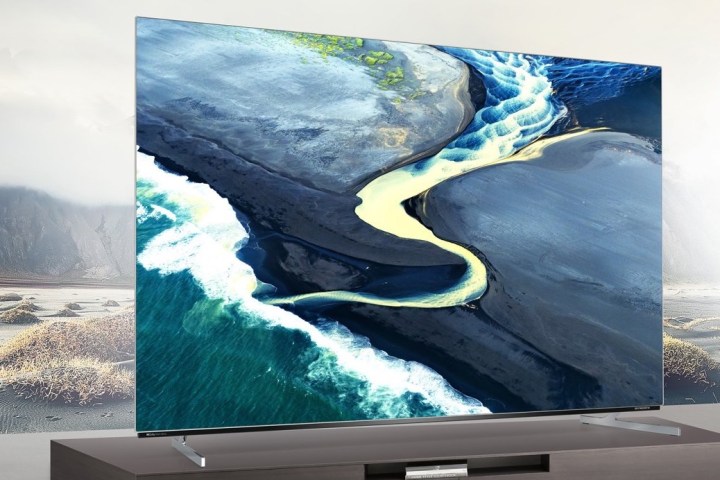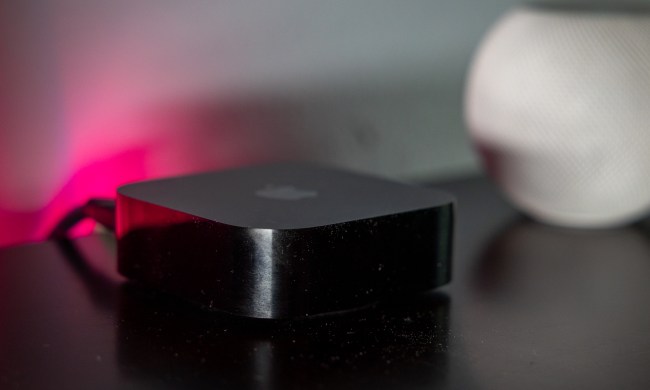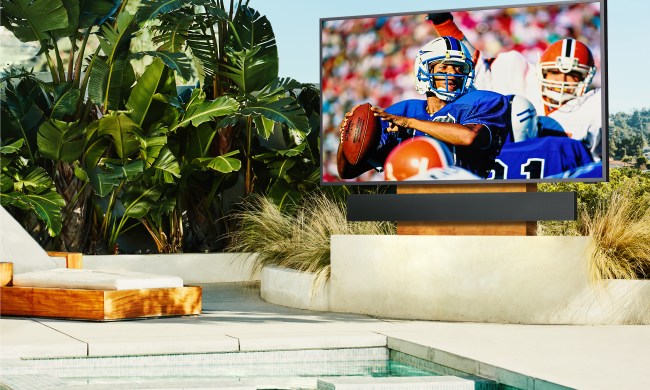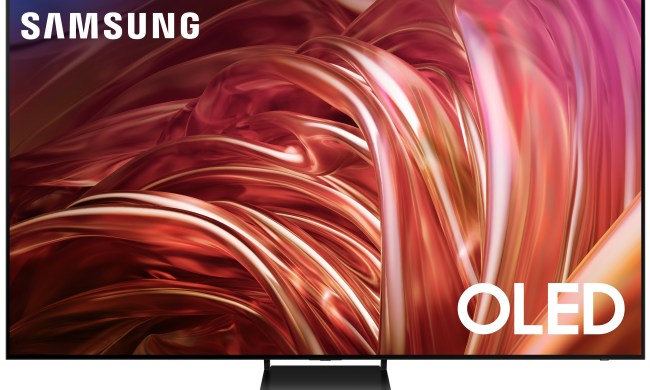OLED TVs have routinely topped our lists of the best TVs you can buy, thanks to their perfect blacks, gorgeous colors, ultrawide viewing angles, and impressive gaming performance. But inch for inch, they’re still very expensive, which is why it’s worth taking note of the Skyworth XC9000 Series that just made its U.S. debut on Amazon. Staring at $1,200 for the 55-inch model, Skyworth has managed to undercut the 55-inch Vizio OLED TV by $100, making it the most affordable 4K OLED TV you can buy.
Also available is a 65-inch model that costs $1,700 — once again, that’s $100 cheaper than the 65-inch Vizio OLED TV. Skyworth and Vizio get their OLED panels from LG Display, the same company that provides OLED panels to LG Electronics and Sony. Does that mean Skyworth’s OLED TVs will look as good as those from LG and Sony? Possibly, but given how important a company’s picture-processing and related technologies are, using the same panels is far from a guarantee.

The XC9000 Series uses Android TV as its smart TV OS, and not the newer Google TV software we’re seeing on 2021 TVs from Sony and TCL. Still, there’s no shortage of features. The XC9000 supports Dolby Vision, HDR10, Dolby Atmos, DTS, and Chromecast, plus hands-free access to Google Assistant via built-in microphones. It’s also compatible with Amazon Alexa.
With a 60Hz panel, the XC9000 isn’t as gamer-friendly as the LG C1 OLED, which supports 120Hz gaming at 4K resolution. Unlike 4K OLED TVs from LG, Vizio, and Sony, there’s also no support for Apple technologies like AirPlay and HomeKit.
Another area where Skyworth has apparently chosen to save money is the XC9000’s connections. You only get three HDMI ports, and none of these appear to be HDMI 2.1-compatible. Even HDMI eARC, which lets you send lossless 24-bit sound to a soundbar or home theater receiver, has been neglected in favor of the older, lossy audio HDMI ARC standard.
Skyworth may not be a household name here in North America, but the Chinese company has been around for many years, mostly selling affordabl priced electronics to buyers in Asian markets. In 2017, it opened its U.S.-based subsidiary, Skyworth USA, and has since been selling lower-priced TVs through retailers like Walmart.
It also has a long history making OLED TVs, dating back to 2013. In other regions, Skyworth sells the W92 8K OLED TV and the gaming-oriented flexible W82 OLED that can bend from flat to curved, much like LG’s upcoming 48-inch bendable OLED TV.



